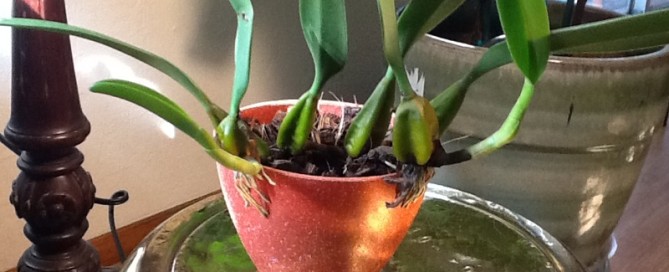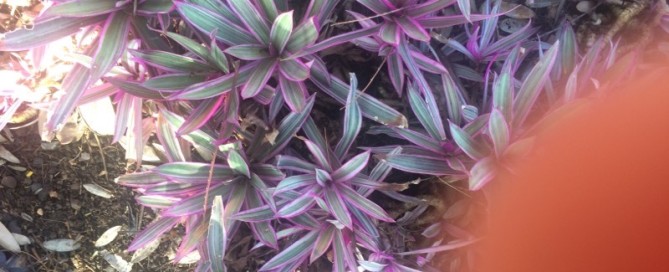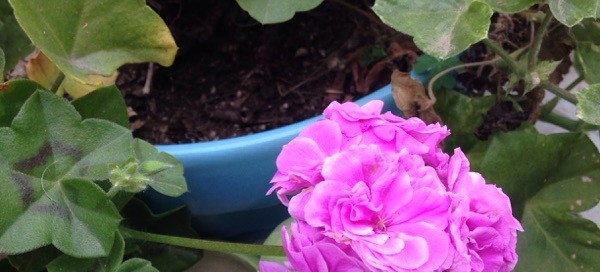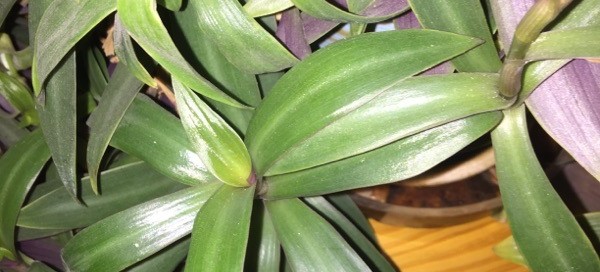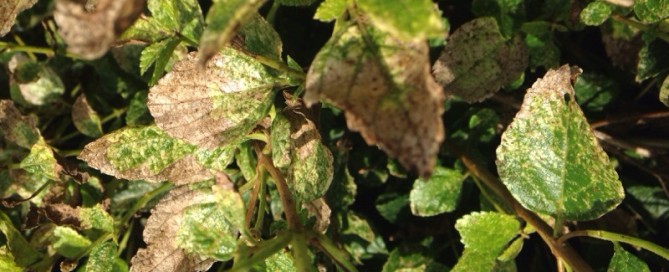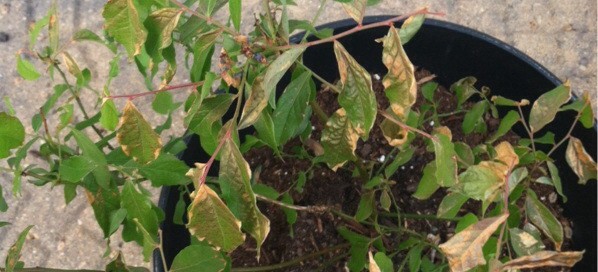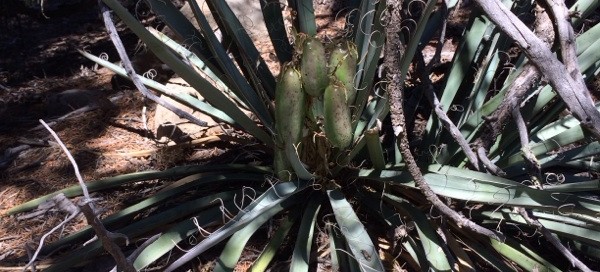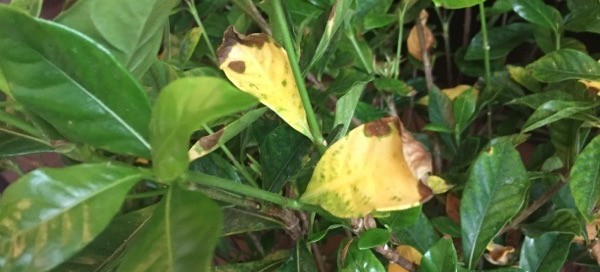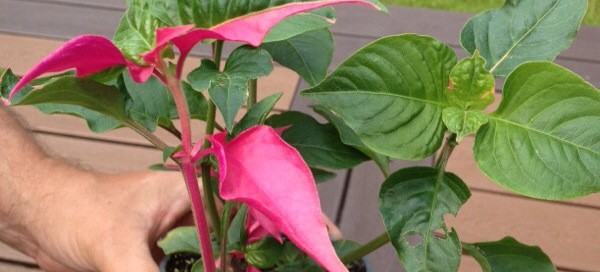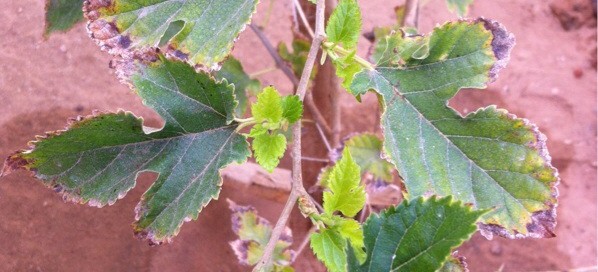Bulbophyllum Or Cirrhopetalum
Unfortunately both closely resemble each other and suggest you contact the following sources to see if they can identify for you as well as recommend tips to encourage it to bloom. Also, the SF Flower and Garden Show begins this Wednesday, March 19-Sunday and there are many, many orchid growers located in the marketplace section. Show your photo to one of them to see if they can confirm its identity for you. We apologize for not being able to identify it, but without the flowers, it is a challenge and hope the following contacts will be more helpful.
Orchid Society of California - Home - Bearly Visible Design
bearlyvisible.net/orchidsocietyca/
The Orchid Society of California is dedicated to the culture, protection,and ... Center, 666 Bellevue Drive (by Lake Merritt), Oakland, California at 7:30 PM.
Bay Area Orchid Societies - San Francisco Orchid Society
orchidsanfrancisco.org/societies.html
BAY AREA ORCHID SOCIETIES. CARMEL ORCHID ... Email: carmelorchidsociety@msn.com. CENTRAL ... 666 Bellevue Avenue, Oakland 4th Wednesday
